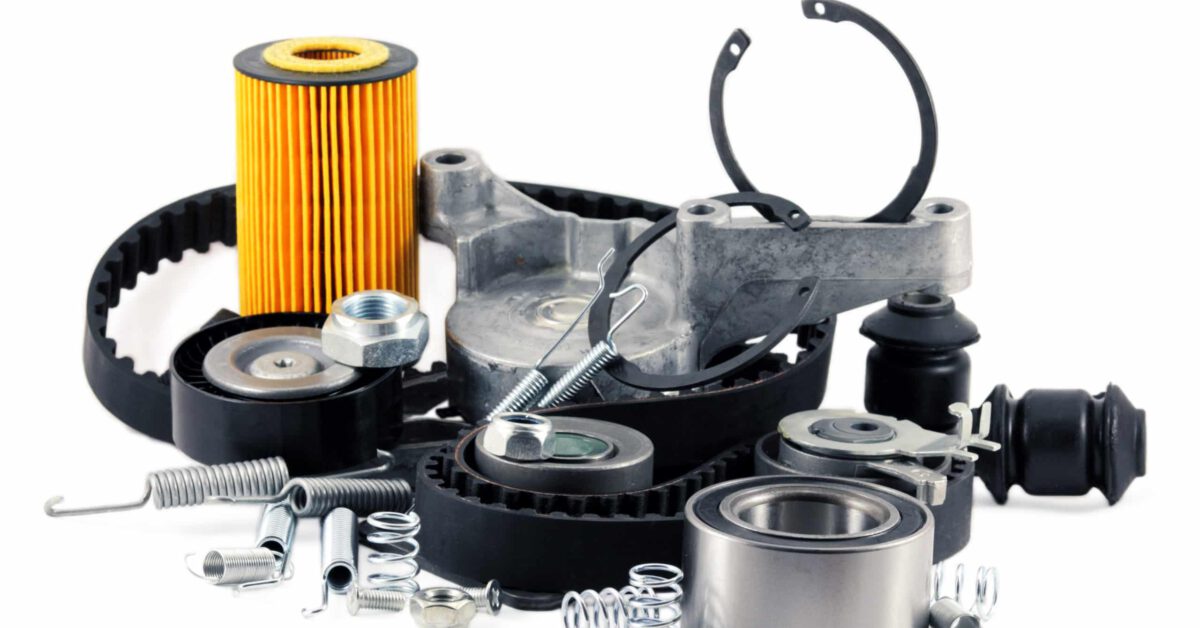
The Powerful Pairing of Service Parts Pricing and Inventory Management
Service parts pricing and inventory management are key areas in aftermarket service where optimization can dramatically improve revenue, profits, and customer loyalty, as well as create an efficient service supply chain.
The strategic combination of cloud-based service parts price and inventory management solutions work side by side to empower manufacturers to deliver seamless aftermarket service experiences, streamline the implementation process, and, ultimately, improve overall financial performance.
An Integrated Aftermarket Platform
The pairing of the price optimization and inventory management solutions ultimately means a lower total cost of ownership (TCO) for clients. Integrating service parts pricing and inventory results in more seamless implementations, upgrades, and data transfers across both solutions. With reduced complexity from an IT perspective, technical training for both platforms can be consolidated, and ultimately result in a smooth process.
Benefits in Addition to a Lower TCO Include:
Price based on part availability.
Use information from PICS/VAU matrix or Service Level to increase prices for items that competitors are not likely to keep in stock. Additionally, leverage stored information of critical parts that would not normally be stocked, to drive a higher price.
Leverage inventory lifecycle to price parts.
Increasing prices for items going into different sales stages helps balance areas where it’s likely that items will increase in cost. Then, by reducing prices of obsolete parts in stock, sales will subsequently react. With obsolete or, in some cases, excess, inventory evaluation, pricing can be used as a lever to reduce total write-offs and inventory reserves.
Channel pricing categories to differentiate inventory service levels.
Instead of losing sales to the competition because of low inventory availability, increase service levels for high-margin commercial categories. Alternately, decrease service levels of low-volume or expensive captive parts with low risk of losing volumes due to inventory availability.
Achieve better price simulations with forecasted sales demand.
The forecast engine found in best-in-class inventory tools can analyze trends and provide more accurate demand forecasting than traditional historical sales values extrapolation.
Reuse integration efforts for more rapid implementation.
Because many of the data requirements for price software and inventory software and overlap, the combination facilitates a more efficient technical implementation.
Evaluate the true effectiveness of a price promotion.
Accurately answer the question, “Did I simply shift demand, or did I actually capture market share?” Ensure appropriate inventory for support throughout the promotion period.
While service parts pricing and inventory management are both key functions of the service supply chain, it’s the pairing of the two strategies that leads to true optimization and synergy across the entire aftermarket service organization. By combining the intelligent pricing power of Syncron Price with the demand capabilities of Syncron Inventory, manufacturers have the power to maintain a strong customer base, while decreasing costs and increasing overall revenue for the organization
Leading Middle East automotive company Al-Futtaim recognizes the potential of combining both solutions. Clear alignment of inventory and pricing helps Al-Futtaim avoid excess or aged stock while also being able to react quickly to market fluctuations. See how they are leveraging the power of both solutions.